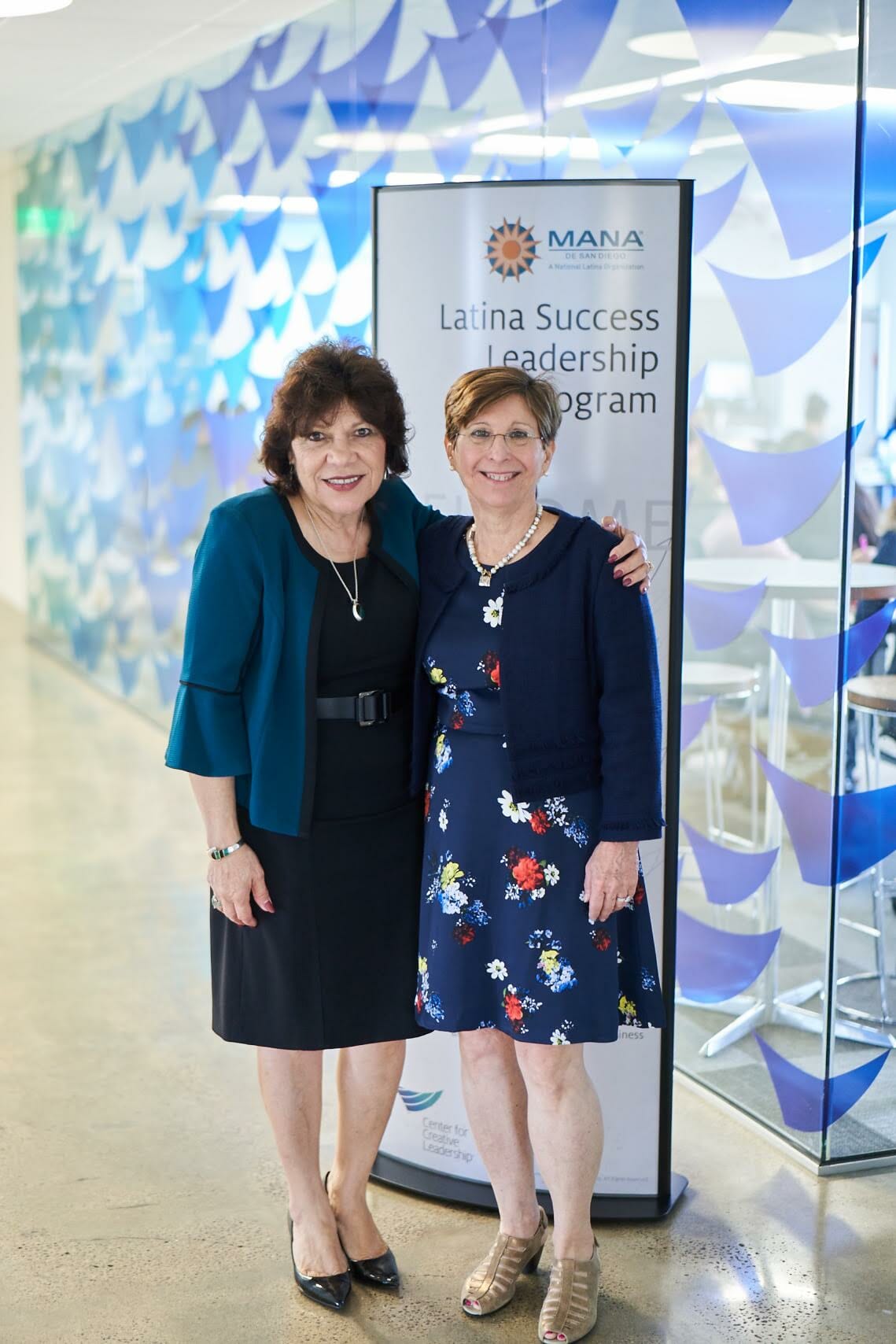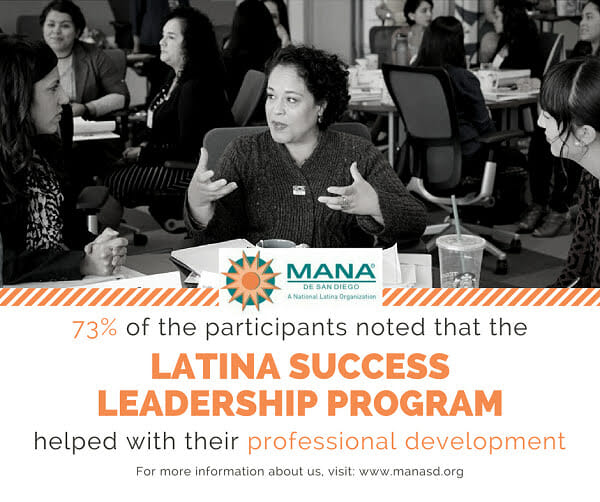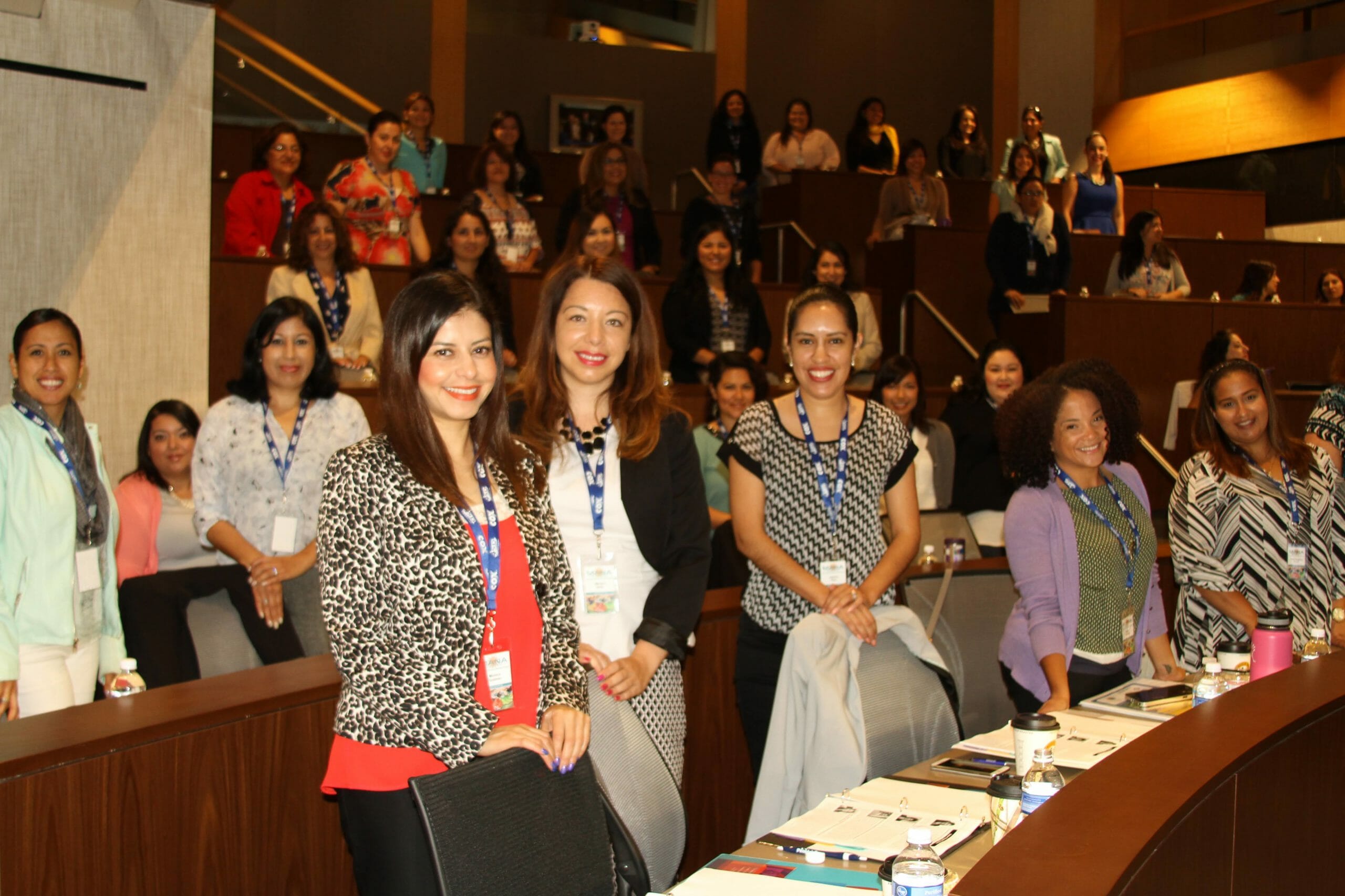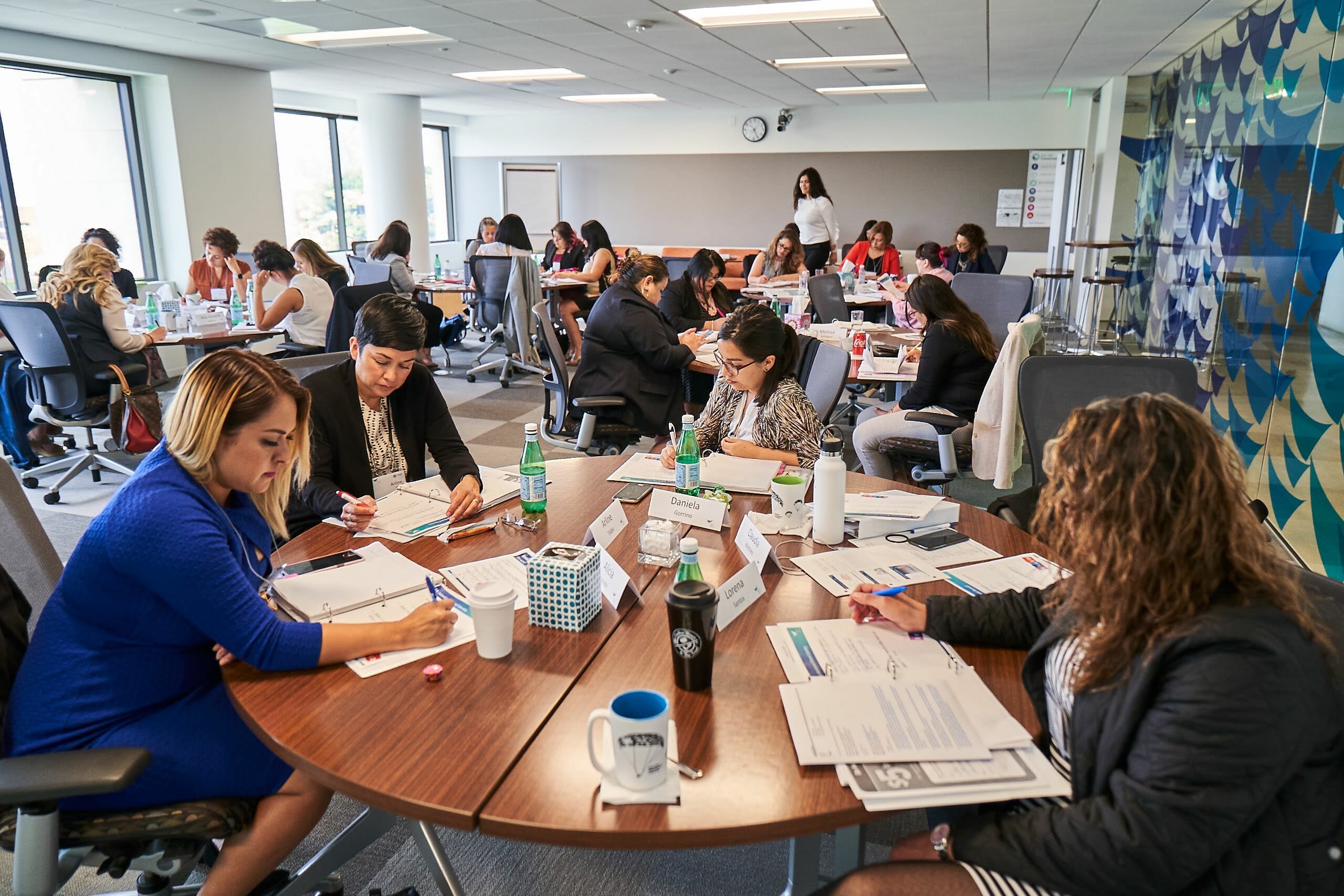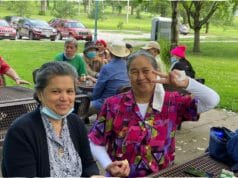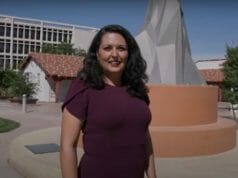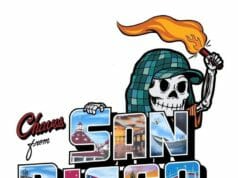Hispanic History Month is a time to celebrate accomplishments but also a time to reflect on what else is needed for us to continue moving forward.
Written By: Adela C Garcia, Co-founder and Chair, Latina Success Leadership Program
Why is it important to celebrate Hispanic Heritage Month? Well, not everyone agrees that we should celebrate “Hispanic Heritage Month” and it includes Latinos. In fact, some individuals refuse to be “Hispanized” and the debate over how this celebration should be labeled e.g. Hispanic, Latino, LatinX and/or a combination of all continues even today. I identify myself as a Chicana or a Latina and yet feel strongly that the decision of how any individual chooses to identify themselves, if they want to be identified at all, belongs to each person. That aside,
Hispanic Heritage Month does bring benefits to individuals, especially children, who are encouraged to explore the richness of the Latino culture and see successful individuals who make them proud of their heritage.
The observation of Hispanic Heritage began in 1968 as Hispanic Heritage Week under President Lyndon Johnson and was expanded by President Ronald Reagan in 1988 to cover a 30-day period from September 15th through October 15th. It was enacted into law on August 17, 1988 and sought to annually educate all Americans that Hispanic-Americans share a legacy with the rest of the country, a legacy that included artists, writers, Olympic champions, and leaders in business, government, cinema, and science. Until this observance, I was unaware of the many extraordinary Latinos in our country who were making significant contributions and also of the work being done by the Latino caucus of elected officials to address the tough social problems that plagued our community.
Putting a spotlight on the Hispanic/Latino/LatinX community didn’t just help by painting a pretty picture, it also created awareness across our country that the fastest growing segment of the US population was living in poverty. More importantly, there was work needed to be done to address it and it would take more than just one group to improve it. I was 18 years old and in my senior year of high school when Chicano leaders began organizing students in the high schools to address the issues of crumbling schools, lack of quality teachers, and that Latino students instead of being prepared for colleges were being prepared for vocational jobs. You didn’t need to be a rocket scientist to understand that these dynamics contributed to the high dropout rates, low college enrollments, and were contributors to the creation of a workforce of low-paying jobs that we faced. My high school, San Diego High, was one of many high schools that participated in the National Walk-Outs by Chicano students to protest and demand change. It was uplifting to see people working together and to believe that change was possible.
In 2014, MANA de San Diego, a 36+ year old nonprofit that brings programs to Latina girls to help them advance in school and prepare them for college, focused on a brief titled “The State of Women of Color in the United States” published by the Center for American Progress and written by Sophia Kerby. This brief from 2012 examined the state of women of color in the United States at-large in regards to four key areas: the workplace wage gap, health, educational attainment, and political leadership. The article stated that while women overall make 77 cents for every dollar the average white male makes, Black women and Hispanic women only make 70 cents and 61 cents respectively. Further, Kirby explains, “This gender-based wage gap uniquely harms women of color who face greater occupational segmentation, even lower wages, and punishingly higher rates of unemployment than white women.” In the Occupational Segmentation section of the article, the numbers revealed “women are three times more likely to work in administrative positions and are overrepresented in lower-paying occupations of the professional sector such as education and health care.” The article continues to highlight, “In 2007 less than 15 percent of women were employed in management, business, and financial operations occupations. In communities of color the labor segmentation becomes even more apparent. In 2007 only 5.6 percent of black women and 4.8 percent of Latina women were in management positions” (Kirby, 2012).
With the creation of the Latina Success Leadership Program (LSLP) MANA de San Diego went into action, first, by focusing on the wage gap and occupational segmentation of Latinas in professional and managerial positions and in elected office. What emerged was a leadership program that is in partnership with the Center for Creative Leadership (CCL) and is designed to help Latinas advance in management roles and to serve their community by participating on boards, commissions and/or elected office.
Since its inception in 2015, over 300 Latinas have taken advantage of this outstanding training and we are seeing tremendous leaders emerge with a passion to help close the gaps for Latina leaders in the workplace.
Adriana Mendoza, Cox Public Affairs Manager and a 2015 LSLP alumnae, took advantage of the strong network that she developed in LSLP. She not only advanced her career significantly advancing from a Cox Public Affairs Specialist to her current position to Public Affairs Manager but is a respected Latina leader. Adriana joined the MANA board and her knowledge of the community and strong leadership skills were especially evident during the COVID-19 pandemic, where Latino households lacked connectivity and were dependent on it for school and/or working at home. Adriana reflects on her journey and says “Throughout my career I always knew that I had the skills to go further but I lacked confidence and held back. Being with other successful women in LSLP helped me to gain the confidence I needed to advance at work and to join boards to help my community. I am very proud to be a Latina and feel an obligation to help my company and community.”
Sandra Villarreal, Cox Communications Television and Content Producer and Co-Leader of COX California ERG is a 2019 LSLP alumnae. She knows well the challenges that are facing our community and uses her talents and resources to create those stories that not only educate the public but also help us to work on solutions. Sandra states, “When I was part of the LSLP cohort of 2019 I was so impressed with the synergy among all the ladies. By sharing our experiences, challenges, and successes we really learned a lot from each other. This experience was a great motivator to remind me that no matter where you are in your career you can always do more, learn more, and continue to dream.”
The 2022 theme for Hispanic Heritage is “Unidos: Inclusivity for a Stronger Nation.” This shouldn’t be just the theme for Hispanic Heritage Month but for every day of the year. Sure we’ll continue to make progress but with Latinas today having to work a full year more than their white male counterparts to make the same amount of money we need focus and help now. It is all hands on-deck and it is not just Latinos, but companies like Cox Communications who are focused on diversity, equity and inclusion and have extended it into their business and the communities they serve.
To learn about Mana de San Diego, and the Latina Success Leadership program, visit www.manasd.org
Cox is proud to support the work that MANA de San Diego is doing to uplift the community.




